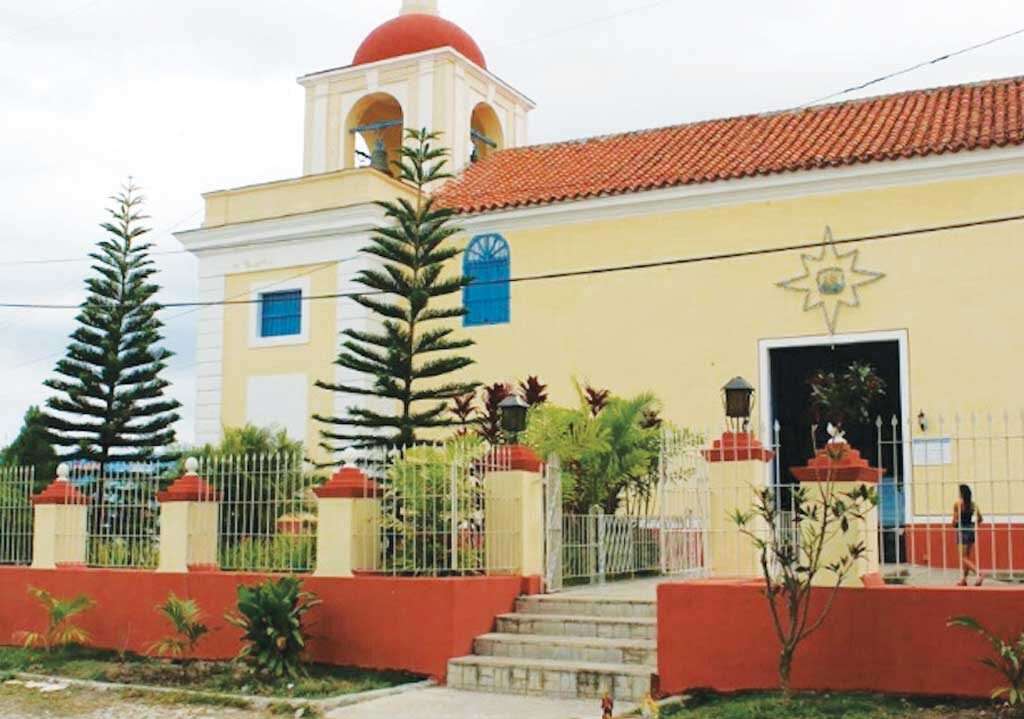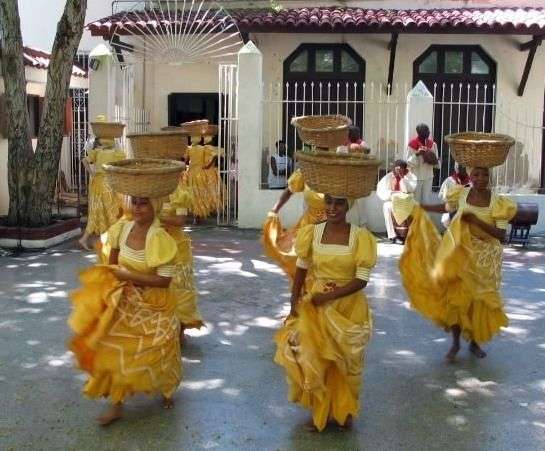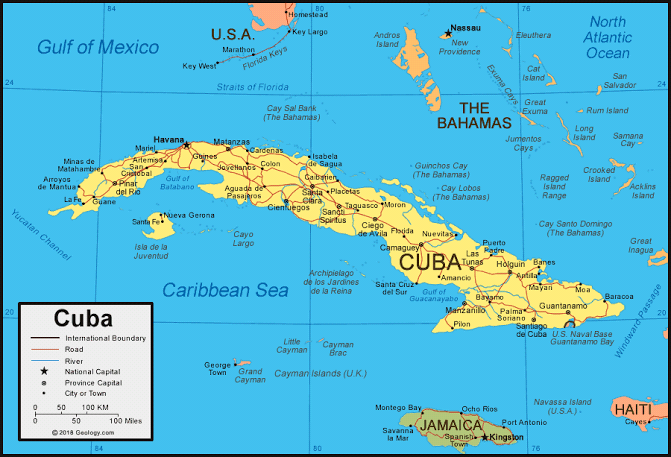Cuba’s Yoruba people

Exploring Yoruba santeria religion in cuba
I recently travelled across Cuba, an island in the Caribbean still developing, due to the economic embargo put in place by its closest neighbour, the United States of America after the socialist government of Fidel Castro was established in 1959.
I spent three weeks travelling across much of the Western part of the country, touring the glorious cities of Cienfuengos, Trinidad, and of course, the capital, Havana, and taking in the views of the beautiful landscape. Cuba is one of the safest and crime free countries in the world
and I felt very much at ease travelling round the country without any fear or feelings of insecurity.
There is a lot to learn about Cuba. One of the most intriguing discoveries during my travel is the depth and width of the belief in and practice of Yoruba traditional religions on the island. Anecdotally, more than 80 per cent of the Cuban population are either full-blown worshippers of different Yoruba Orishas or are Santeria believers. The worshippers or initiates of Orishas can be seen all over the island in their all-white outfits but distinguished by the colours of their special ilekes or beads. The beads are symbolically coloured to denote key attributes of the Orisha – for example, the colour blue represents, the Queen Orisha, Yemaja. Red denotes Sango, white is worn by followers of Obatala, yellow by worshippers of Orunmila and purple by the believers in Obaluaye.
In Old Havana I visited the Yoruba Orisha Museum just opposite the Capitol parliament building and met with the Chief Curator of the Centre, Signora Mercedes Omilana Armenteros who showed me round and explained its purpose. “The Orishas are seen as dispensers of great blessings”, she emphasised. The museum is dedicated to all the major Cuban-Yoruba deities with images of each and explanation of their roles and attributes depicted. These range from Obatala, to Orunmila, Yemaja, Oya, Sango, Ogun, Obalufon and so on. As a Yoruba myself, I was transfixed by the deep strength of pride and belief in Yoruba traditional customs among the Cuban people and their readiness to share this knowledge with others.
A range of questions went through my mind as I learnt more about Cuban-Yoruba culture. “How was it these religions survived centuries of slave trade and slavery”? Most importantly, “why do Yoruba-Cubans still have strong beliefs in Orishas while many Nigerian-Yorubas do not?”

The Yoruba culture survives in Cuba.
The yorubá or lucumí religion which is also known as Santeria or Regla de Osha is the most expanded religion of African origin in Cuba.
Due to the abrupt change of environment from Africa to Cuba in the middle of horrific and humiliating conditions imposed by the slavery system the rich Yoruba civilization lost many of its values. However, thanks to the wonderful regular strategies to safeguard the most prized values they finally got to preserve their language, habits, music, oral literature, life’s morals and religion. This battle regarded as cultural cimarronaje (fugitive slave culture), religion brought about a tough cultural strength.

Several experts have considered the Santeria or Regla de Osha as a syncretic religion. Its old defenders were obliged to hide their religious beliefs during the slavery and the pseudo republic times. Those Yoruba men and women and their descendants disguised their deities under the aspect of catholic saints with similar characteristics to those of the orishas or Yoruba gods and they really were worshiping their African gods.
This religion as well as others from Africa was bothered by the authorities. Their ceremonies and celebrations were held in the mountains and some time the police seized the drums and other liturgical objects.
Many people thought that with the Cuban socialist government and the establishment of atheistic education based on the Marxist – Leninist philosophy that religion would collapse. Nevertheless, and due to the force and perseverance of the defense of those followers
of this religion, its practice in Cuba is a real and regular fact and it is evident in the streets of the island where it was very common to see the initiates with their chains and white clothes. Today, the Santeria or Regla de Osha has become a social and religious cultural complex whose African roots are unquestionable but at the same time they have been cross-cultured and they is already Cuban.
